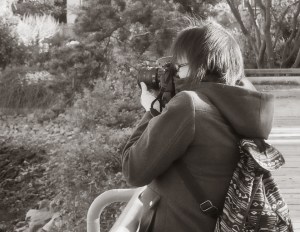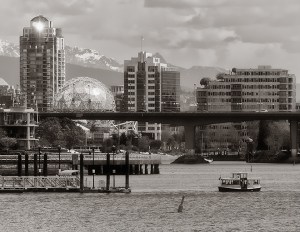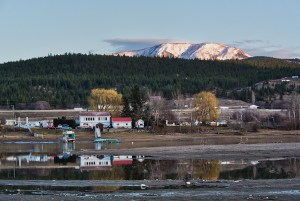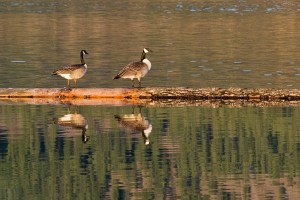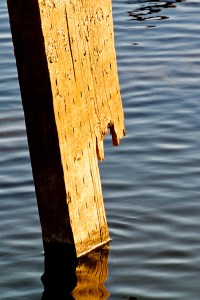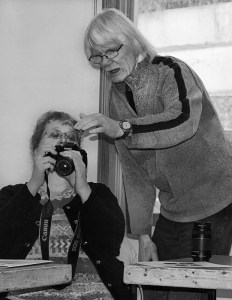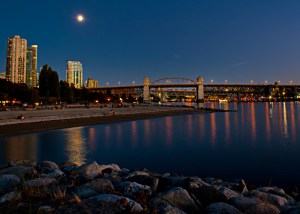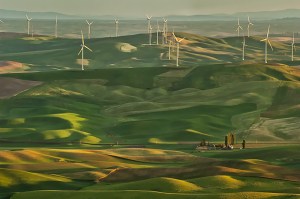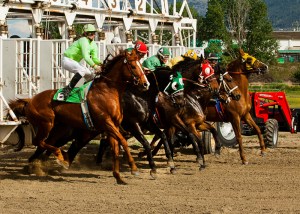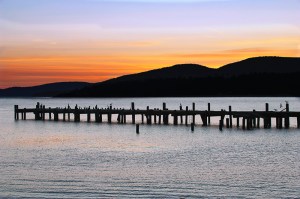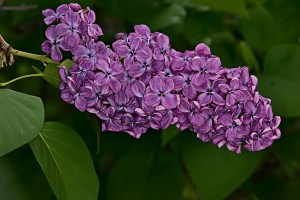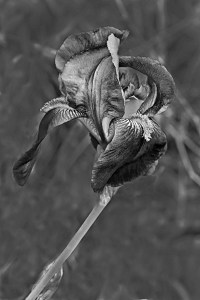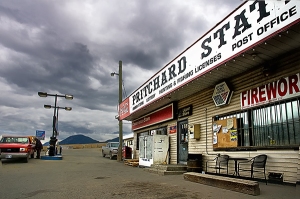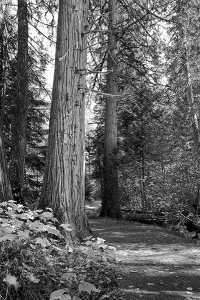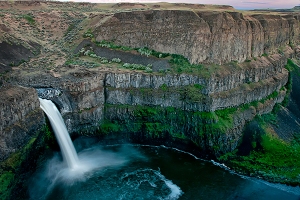Years ago the Hasselblad camera company put out a series of photography pamphlets packed with great advice and information that I collected and studied.
Recently I thumbed through one I still had entitled “The Eye, The Camera, The Image”. And although meant for medium format film cameras it’s filled with information that is still appropriate for modern digital camera users.
I skimmed over topics like “Using the focusing hood magnifier, Colour film and light colour, Types of exposure measurement, X synchronization, Double exposure and Polaroid film”. All an interesting read if one is concerned with photographic history, however, not practical or useful for those searching to be a better photographer in the modern digital world.
One topic entitled “We see far to much” says, “The eye is our organ of sight. It’s lens has a focal length of about 17mm and covers a 150-degree vertical and 120 degree horizontal field; the binocular vision provided by our two eyes gives a 180-degree angular field. We seldom have any need for images encompassing so wide a field. The wealth of detail in such a field would be rendered small and insignificant when reduced to images formed in a camera when composing a photograph outdoors or elsewhere. We always need to crop our field of view.”
That paragraph is worth thinking about. Most successful photographers “tighten up” on their composition, and by that, I mean they only include those elements that add to the visual statement of a photograph. Beginners mostly just aim their cameras with only the excitement of their subject in mind and don’t pay attention to additional unimportant stuff captured by the sensor.
Photographers often look at their final image and find a picture filled with irrelevant and disruptive items that really should be to be cropped out. If they just took their time to move closer, or zoomed-in the lens they would have had an attractive composition in-camera.
Hasselblad continues, “This elimination of irrelevance is vital. The trick often involves excluding most of what you see. Making a selection is a basic feature of all art, whether it is painting, drawing or photography. Art consists of picking out the most interesting, most illustrative, most instructive, the loveliest or most emotional components among a myriad of components in a subject.”
Photographers must train themselves to be specific with a subject only showing the viewer what is important. Gosh, how do we slow down to do this in an age of auto focus, auto aperture and rapid-fire shutter release?
I have an easy answer – get a good tripod!
I know many photographers have never owned or used a tripod and some have only employed rickety, inexpensive models. My comment to anyone that says they don’t like a tripod is “You’ve never used a good one”.
Using a sturdy, well-made tripod makes one slow down and pay attention to the subject in the viewfinder or LCD. In addition, the process of setting up the tripod and attaching a camera gives photographers time to think about the composition. I agree with Hasselblad’s contention that “we see far to much” and the need to eliminate irrelevant items in our compositions.
When that neat and interesting subject is seen stop the car and get out. Don’t be lazy and merely hunker down against the window and take the shot. Get that sturdy tripod out of the trunk and as you do think about, or “previsualize”, the photograph about to be made.
Set up the tripod, attach the camera and look through the viewfinder. I suggest making several shots starting from a narrow, limited view and zooming the lens out to a wide-angle view. That way there will be several choices for that picture.
To sum up, eliminate those elements inconsequential to the picture and compose for only those items important to the final photograph. Not by looking at the subject and snapping away in a hurried fashion to include everything, and take my advice and use a tripod for scenics.

